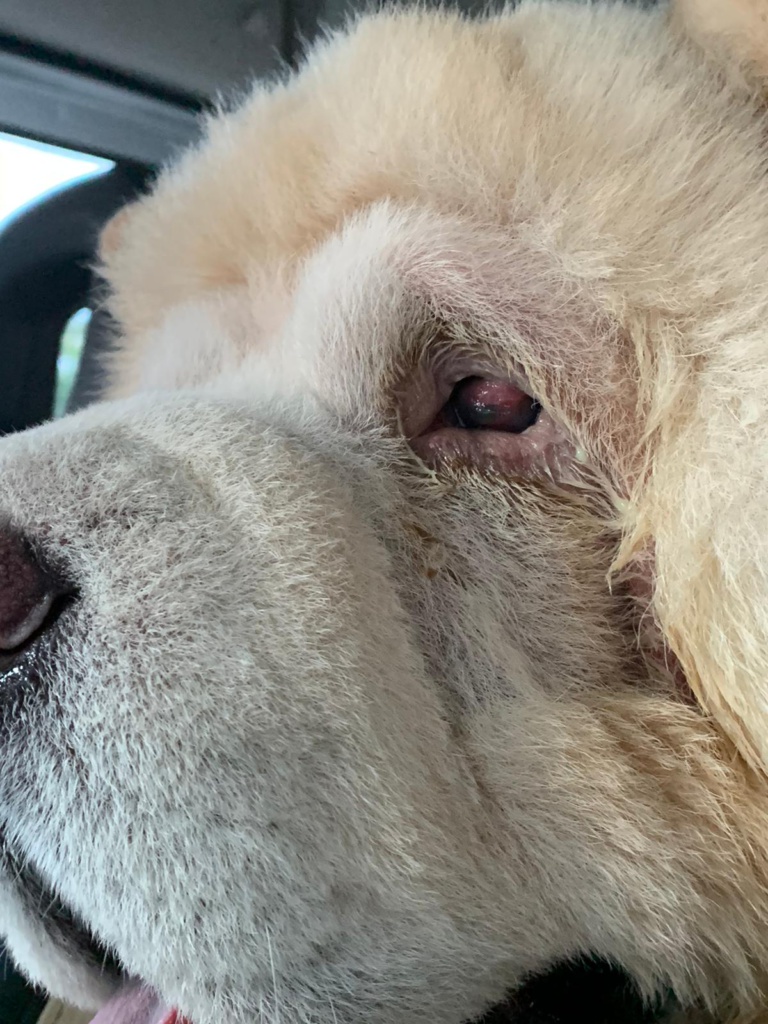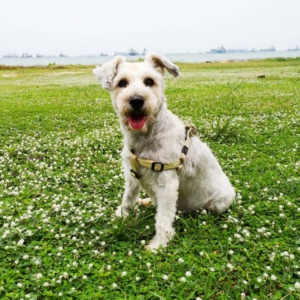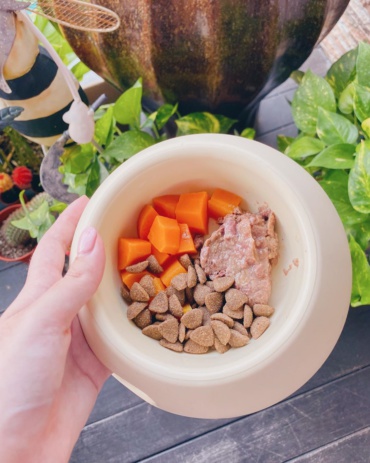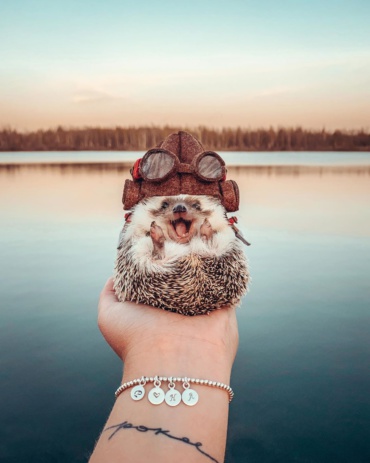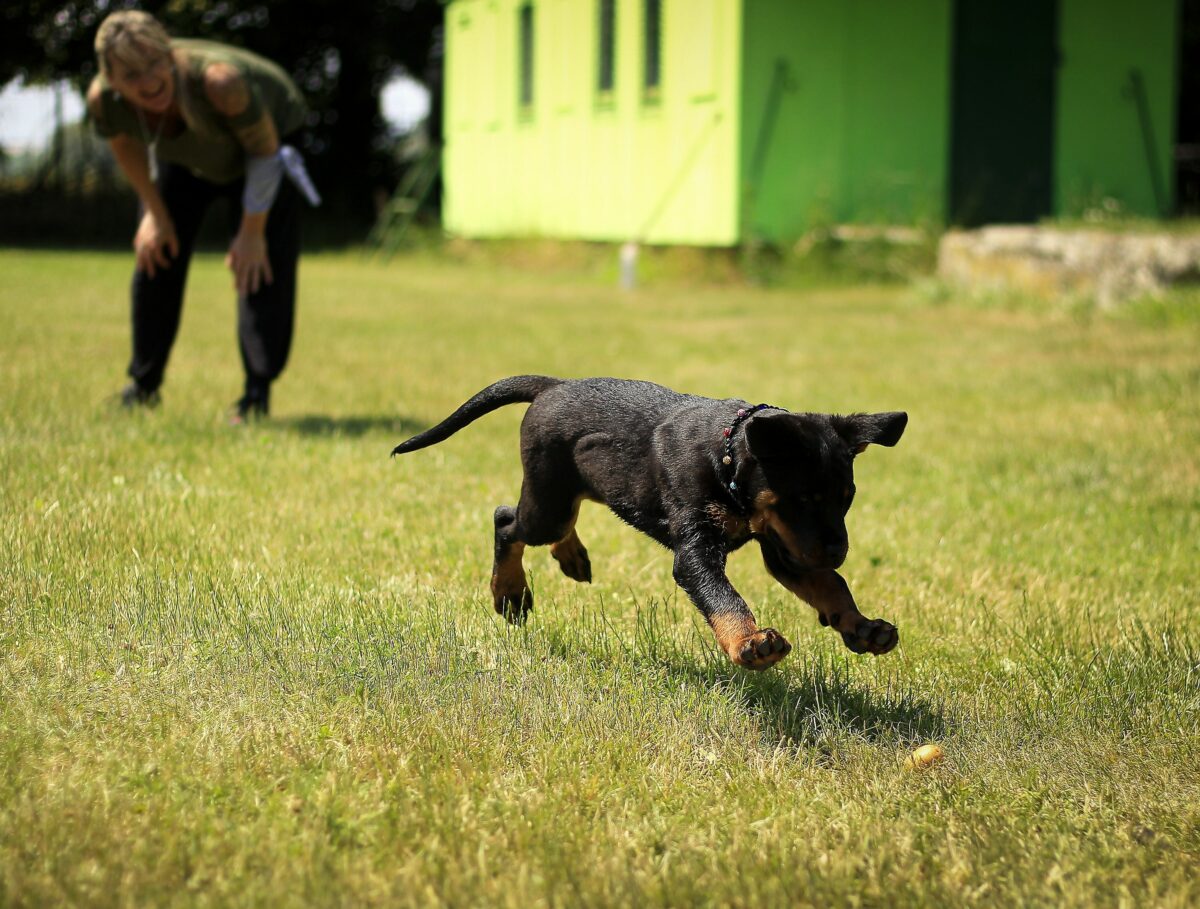Customizing your own parasite prevention routine
Most pet owners know the importance of parasite prevention for our pets. Easy as it sounds, I in fact had a hard time choosing the different products to provide complete and wholesome protection for Loki.
I’ll be sharing about the common brands of heartworm and flea & tick prevention, as well as how we come to decide on the combination that suits our lifestyle.
Heartworm
Heartworm disease is a serious illness that affects both dogs and cats by directly attacking the heart. In severe cases, heartworm disease can potentially cause death. The disease can be transmitted by mosquitoes.
As per our vet’s advice, heartworm prevention should begin as soon as possible, before a young puppy or kitten turns 7 months old. After the 7-month period, they will need to be tested for possible heartworm infection before beginning their prevention routine.
Flea & Tick
Our pets can get fleas and/or ticks from the environment, be it other pets or bushes. Such infection can lead to other issues like skin irritation, anemia or tick paralysis if not treated.
Our Research
The following comparison is done based on the dosage required by a 12kg dog.
Prices are taken from SingPet.sg (member price) or PerroMart.
| HEARTGARD® Plus | Bravecto Chews | NexGard® Spectra | Frontline® Plus | Advocate | Revolution | |
| Price per application | About $12 | $32.09 | $13.13 | $9.70 | $9.32 | $13.24 |
| Application Method | Chew | Chew | Chew | Topical | Topical | Topical |
| Frequency of Application | Monthly | Every 3 months | Monthly | Monthly | Monthly | Monthly |
| Kills fleas | ✔ | ✔ | ✔ | ✔ | ✔ | |
| Kills ticks | ✔ | ✔ | ✔ | ✔ | ||
| Kills eggs and larvae | ✔ | ✔ | ✔ | ✔ | ✔ | |
| Treats ear mites | ✔ | ✔ | ✔ | |||
| Heartworm prevention | ✔ | ✔ | ✔ | ✔ | ||
| Treats hookworms, roundworms | ✔ | ✔ | ✔ |
- Idoxasoline Drugs
Although NexGard Spectra may be the option with one of the most wholesome protection, I chose to skip on the product as it is in the idoxasoline class. Such drugs have been associated with neurological adverse reactions and seizures in pets. FDA has reported that such drugs are safe for pets’ use but personally, I choose to stay away after reading reports on them. Other products in the idoxasoline class include some of the Bravecto and Revolution products.
- Drug Coverage
After eliminating those brands, I was left with the option of Heartgard, Frontline and Advocate. Although Advocate may be cheaper in price, it misses out in tick prevention which I feel is more important and deadly compared to ear mites. Hence, I chose a combination of Heartgard and Frontline as part of our parasite prevention routine.
- Lifestyle Suitability
We also consider whether the different topic drugs are waterproof or not. Brands such as Advocate are in fact not fully waterproof for the entire course of 1 month. The brand recommends bathing your pet not more than fortnightly. Hence, this may not be suitable for some pets. On the other hand, Frontline Plus is fully waterproof 1 day after application. Activities like bathing or swimming will not reduce the effectiveness of the product!
Owners also have to check whether their pets are allergic to certain ingredients in the drug. For example, Nexgard Spectra chews are all beef-flavoured which will not be suitable for some pets who are allergic to beef.
Some owners may also opt for the yearly vaccination to prevent Heartworm disease. As mentioned by a few owners, the price for the jab is dependent on the weight of the dog and the clinic which you go to. For reference, the price of the jab for a 12kg dog is about ~$140.
Where do we buy them?
Heartgard Plus is not sold over the counter in Singapore. Instead, you will have to get them from the vet, with or without a consultation. The price of Heartgard Plus (6pc) from the vet is about $70. Instead, I buy them on Shopee or Carousell where the prices are much better as they are mostly from Malaysia
As for Frontline Plus, they are usually cheaper from PerroMart ($~58). VIP members of PLC will get to enjoy an even lower price (~$53) during the month of their birthday!
P.S Always consult your vet is you are unsure! The above is based off my research and lifestyle suitability.
The above article is written by the hooman of @lokithetoast.





